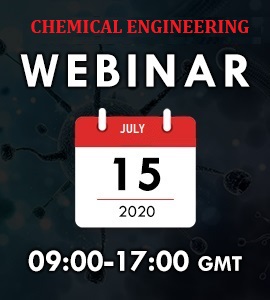Environmental Engineering and Elementary Biology
Environmental Engineering and Elementary Biology is something that you can get a degree in these days, but the field is one that existed long before it had a name, begun at the dawn of civilization when we started modifying our environment to meet our needs. It involves applying science and engineering practices to how we utilize and impact our natural resources. Modern environmental engineers work on solutions to issues like pollution reduction and clean-up, energy consumption and emissions, land erosion, water treatment and waste management to properly manage and maintain the quality of our soil, water and air. They strive to keep everyone healthier and happier by helping us live off the land more efficiently and less destructively. Environmentally Benign Catalysis: Over the past 22 years, Catalysis by Heteropolyacids (HPAs) has received wide attention and led to new and promising developments both at academic and industrial level. Heterogeneous catalysis is particularly attractive because it generally satisfies most of green chemistry’s requirements. By emphasizing the development of third generation catalysts, this volume presents trends and opportunities in academic and industrial research. Dealing with Low-pressure oxidative carbonylation of aniline, Clean combustion (catalyst challenges) and Zeolite technologies for a greener environment, this Conference appeals to postgraduates, researchers, and chemists working in the field of environmentally benign catalysts as well as catalytic processes.
Related Conference of Environmental Engineering and Elementary Biology
Environmental Engineering and Elementary Biology Conference Speakers
Recommended Sessions
- Advances in Renewable Chemicals
- Applications of Chemical Technology
- Biochemical Engineering
- Biofuels
- Biomolecular Engineering
- Biotechnology And Biochemical Engineering
- Chemical Engineering
- Chemical Industry and Market Analysis
- Chemical Polymer Technology
- Chemical Reaction Engineering
- Crystallization
- Electrochemistry and Electrochemical Engineering
- Environmental and Sustainable Chemical Engineering
- Environmental Engineering and Elementary Biology
- Material Science and Engineering
- Oil, Gas and Petroleum Refineries
- Organic Chemistry
- Petroleum Refining and Petrochemicals
- Physical and Organic Chemistry
- Thermodynamics
- Unit operation and Separation Process

